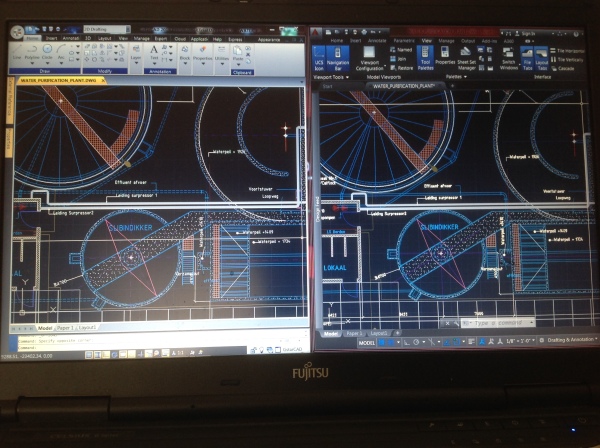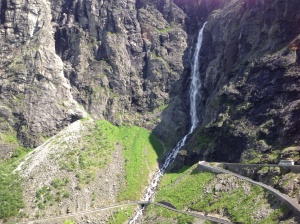Different types of duct materials-We install — Air Conditioning HVAC Duct Services
Duct work can be complicated if you are not familiar with the way it works lets start by naming different types of duct so you can get a clear view and understanding on how they work. 1.Reducing radial duct systems: a reducing system uses several larger Ducks leaving the main plant them that Branch into […]
via Different types of duct materials-We install — Air Conditioning HVAC Duct Services
MEP&HVAC
3 D rendering view of the building.
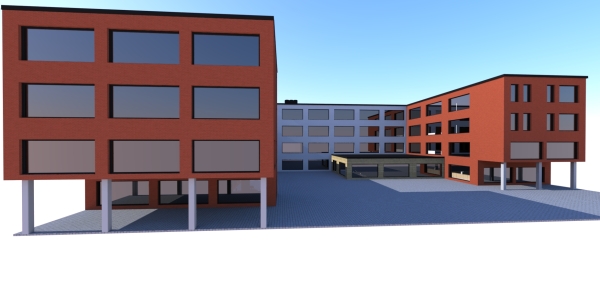
3D view of the entire HVAC ducts, pipes and VAV units.

Its been a slow progres for now, but im still able to update the drawing.
The design of the buiding is complete for 80%.
Work in progress
TurboCad is not designed to insert MEP and HVAC, so this has to go manualy..the ducts and pipework are just inserted to see if there is room enough above the sealing.
This is a 4 story office building, the design of this building is also not complete.
The final result will be post here.
Hope you like this for now.
.
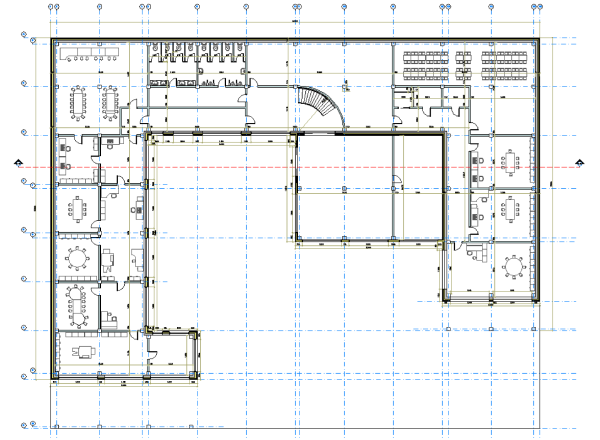
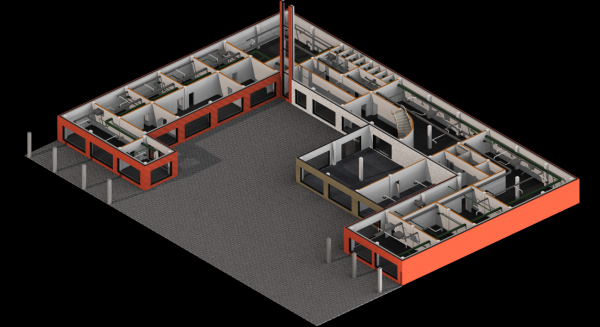
Comparing Cad programs
Gstarcad 2016 vs Autocad LT 2016
Testing the cheap cad version against the Autocad LT 2016.
To me it’s hard to descide wich version to choose…Gstarcad is good, it’s also a 3D package and the thickline visualisation is way better IMO…but does it stand again the trusted DWG file extention?…and some drawingtools in Acad are better to handle.
I’m not gonna discuss the prizes of both programs here…for this moment the main reason I wanna go for Acad is because of there Autocad LT suite…that’s Autocad LT and Revit LT/Inventor LT.
For all other reasons I would go for Gstarcad
The software
Since many years I have been working as a freelance cad operator, for private companies as well as for small, medium size and multinational enterprises, in a multidisciplinary environment, ranging from mechanical, wooden, steel en building constructions and also inplanting plans for operating permits and fire resistance tests.
Starting from my education, I start sketching in the eighties on a drawing table, focusing on line quality, line thickness, scaling, etc…
This was mostly executed through two-dimensional technical drawings, where precision and information were primordial.
This was manageable for one time and medium size projects, but for industrial projects, the amount of plans adds up substantially.
Hence, I was forced to switch to a Cad program, including my first 2D program Autosketch.
Subsequently, I was given the privilege to work for some companies for a couple of years with Autocad full.
In doing so, I was struggling with compatibility problems, I had to work with the DXF extention, wich had to be transmitted afterwards.
That did not always go as planned and I kept searching for alternatives. Eventually I ended up with TurboCad v8.0.
What immediately struck me in this program was the render quality from the build in Lightworks render engine and the compatibility of the most common Cad-programmes such as import and export .*. DWG .*. STEP .*.IGES and many more.
Because of my Autocad background, I had to draw initially in Autocad and import and render in TurboCad, but thanks to the complementary manual and the User forum, in the Cad community already for a long time known to possibly be the best forum in the world, I have to learn to draw with TurboCad and I am still impressed by the speed and user friendliness it operates with.
We found that TurboCad was able to produce quickly convincing presentations.
Not only its user-friendly, but also its drawing quality, file size and compatibility, as well as its hardware play an important part in a Cad environment.
There are loads and loads of High End Cad programs available for which the necessary High End hardware is indispensable and it quickly drains the budget of small enterprices.
Meanwhile, the program has evolved quite a lot: just think for example the Tool, drafting and selection info pallet, making the program nearly entire parametrical.
We write now many years later, and with the help of an IKZ system*, we verifying every outgoing drawing, not only with regard to construction, but also to drawing and plot errors, line thickness and quality. Therefore I was surprised to see the result with an Canon IPF 750 A0 plotter, what you see is what you get!.
Compared to earlier plot files with other cad programs, the contrast could not be any clearer.
The exporting possibilities and visualization in this this cad program are equally as important when dealing with visual presentations. This one of the strongest points within TurboCad.
In general, different parties are involved in the decision about a certain project and it would be not the first time that a visualisation is the key factor when it comes to the final decision.
Well TurboCad came out brilliantly in all stages.



